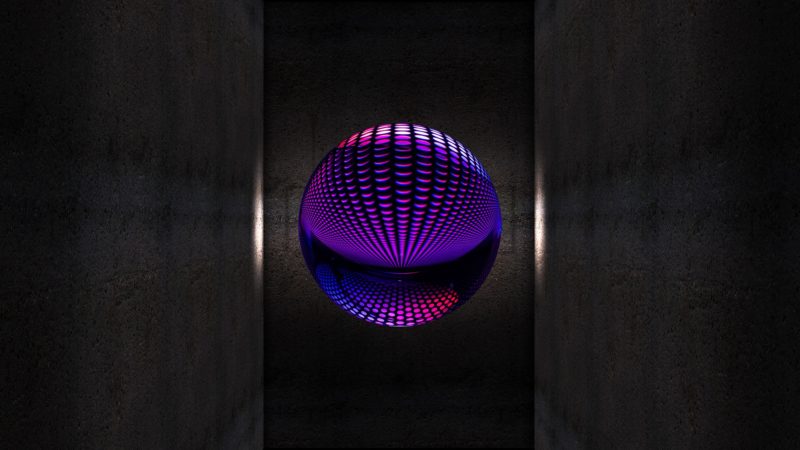Beginners guide: Introduction to raster graphics.
If you want to work as a graphic or web designer, you need to be familiar with Raster Graphics. For this reason, we would like to introduce you to the basics of raster graphics in the following article in order to give you a brief introduction to the topic. Raster Graphics are also important when creating a 3D configurator.

Raster images.
Raster images, also known as raster graphics or bitmap images, consist of pixels. Pixels are tiny colored squares or dots that together form larger graphics, they are the building blocks of images. Pixels are individually editable and are expressed in either dots per inch (ppi) or dots per inch (dpi). With an image editing program such as Photoshop, you can zoom in on individual pixels, view and even edit them. Once you zoom out again, the ppi or dpi controls how high the resolution of the final image is, the resolution simply refers to the maximum number of pixels per image. For example, a six-inch square image with a resolution of 400 dpi or ppi is expressed by 5,760,000 pixels. That’s 400 inches for 160,000 per square inch, times 36 for the entire piece. Normally, online images are 72ppi, while print images are about 300ppi. 600ppi is considered a very high-resolution image where it is impossible to enlarge raster images without losing information. This happens when you enlarge existing images and make them look “pixelated” or blurred. On the other hand, very large, high-resolution images can be difficult to edit. You can complicate the work in a drawing program with many layers and slow down the computer. However, freehand drawing with raster graphics has a more natural character than vector graphics and is more similar to drawing on paper: digital photos are raster images, as are images from most freehand drawing programs. Some of the most common types of raster image files are gif, jpg, png, psd and tiff. Among the programs you can use to create raster images are Gimp, Photoshop or Sketchbook.
How raster images have evolved.
The first computer screens were developed in the middle of the 19th century. From a technical point of view, they functioned similarly to television sets that scanned electron beams from left to right and from top to bottom to produce moving images.
The first examples of these graphics, such as those used in the first computer games, were pixel art. Thanks to the lower resolutions possible at that time, the pixels were visible, giving games like Pac Man and Space Invaders a slightly stronger look. Currently a new wave of nostalgia is spreading and has been celebrated in movies like Wreck-it Ralph.
Practical tips for using raster files.
Most digital drawings, digital paintings, illustrations and photo programs are raster programs. Scanners create raster images. In fact, most online artwork is raster or raster vector. The advantage of raster graphics is that they look and feel more like freehand drawings than vector images. There is also a flat learning curve, as most people can learn to work with raster graphics relatively quickly. You can open files, view and edit pixels if you want. If you enlarge images, they may appear pixelated, especially if you have an image with many smooth lines. To solve this problem, you should use the anti-aliasing technique. Blur the pixels on the curved line to smooth them out and arrive with the appearance of a less fissured line. Another drawback of raster graphics is that in many cases you can’t enlarge them. If you need to create logos or detailed graphics that need to be enlarged, you can work with vector graphics – just be prepared for a steep learning curve.
Conclusions.
Raster graphics are online everywhere and everyone who works in web or graphic design needs to master them. Raster images consist of pixels that express information and are now very common online in the form of digital photos and other images. Although they have their limits in terms of magnification and pixel formation, Raster Graphics are excellent for designers and artists who want to create digital art while maintaining the feeling of freehand work.
Thank you for visiting.